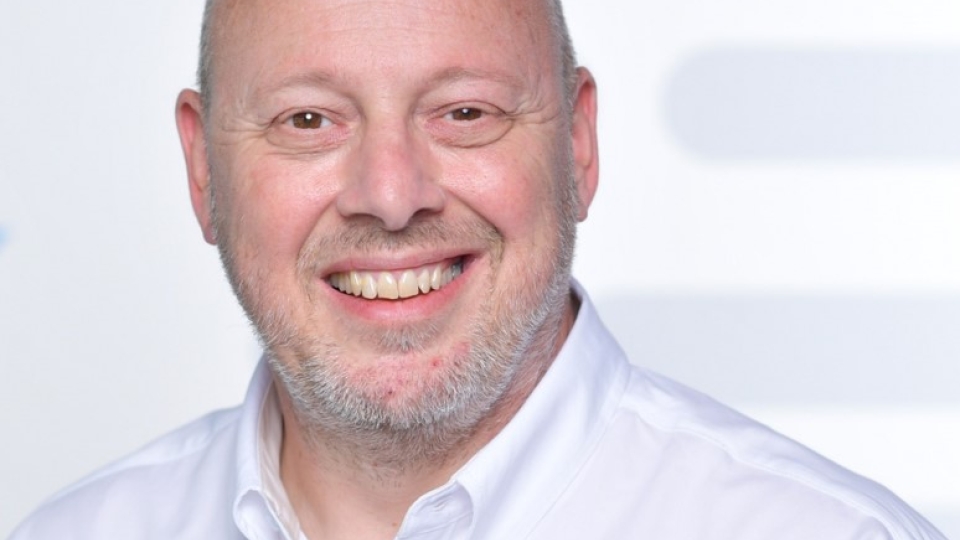
Guy Koster has been working at SIOS for the last few months and has decided to talk about it for the first time. He is well known to the channel, having run channel engagement at distributor Westcon-Comstor until earlier this year.
“My job here is to help push what is a twenty-year old startup – it used to be called Steeleye. We are an ISV and this is a dynamic market where we have a niche in high availability, and over the last three or four years we’ve increasingly moved from on-premise onto the cloud. So the proposition is high availability for mission critical workloads.”
He has a communication job to do: “There is a misunderstanding that moving to the cloud means you are backed up by default.” And some solutions used by smaller companies just don’t scale: “Using ONEdrive, Dropbox and Mycloud, for example, is a different scenario from running mission-critical SAP. Those backup strategies still seem to be about “recovery over time”. If an important application goes down, how long does it really take to get back?”
So his story is all about HA and recovery in minutes rather than days. “It is HA and DR. We can act in both, but where we are strong is in specific instances – say, where we have a couple of nodes in a cluster, we can put a node in another region for failover. We can do this across Azure, Amazon, Google cloud and in multicloud.”
So his role in 2020? “To get the name out – establish the brand. I have to put in the time and effort; we have a list of targets, but MSPs are a strong market. What our conversations uncover is that a lot of MSPS think they can tick the HA box, but then they look at the details – what they actually deliver may fall short. When outages occur, customers find MSPs can’t meet the delivery. This is proving fruitful. But the main enemy is ignorance. SLAs is something we talk about quite a lot – MSPs need to be confident that what they say they deliver is an actual. It has to be tested. We are talking dozens of firms in the UK, which is small compared with the UK channel and it is similar in the German market. The challenge is mindshare, we will do a marketing campaign on behalf of HA rather than SIOS.”
“The universe of customers is quite narrow, but I would say that any Microsoft or SAP channel needs to think about what we do. The SIOS partner model is 100% channel; our future growth is completely channel centric.”
He has been brought on board to build the channel. To the partner which is becoming a trusted advisor, then the more tools they have in your toolbox, the more likely it is that they can answer customer questions on HA and advanced DR. Most resellers are now MSPs in some form, he says, delivering a portfolio of solutions with a strong services wrapper. The more services, the great share of customers’ budgets.
“Having worked in the channel for a long time, I know that most channels are reactive, and so if customers are not asking for HA, then they won’t invest. Secondly, we are developing our alliances with Microsoft and AWS, for example, we have worked with Microsoft and enabled then to get deals across the line as HA becomes important.”
Target markets are HA in a horizontal application – logistics, utilities, government, finance. He claims some top customers in transportation, media and various industries.
“So we are working to create customer pull and build the trusted advisor role among channels. We don’t have a direct competitor – clearly, we have competition, but the main one is ignorance. Cloud is not resilience beyond dial tone. The other thing is that people think they have a backup plan with the likes of Veeam, but this is not the case when delivering HA. And working across regions, Microsoft and AWS replication doesn’t work. So we have a market to go for.”


